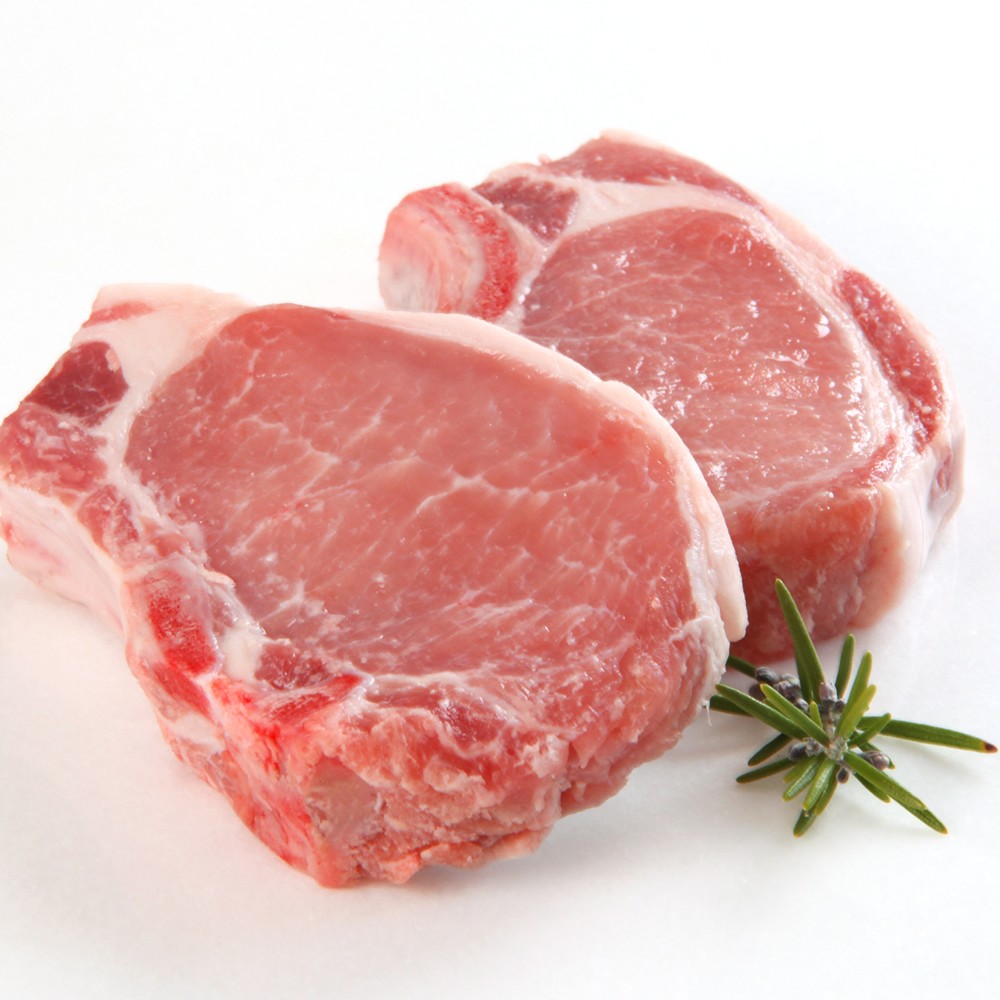 Overall imports of pork to key Asian countries (excluding China, which was reported last week) increased in 2015. Consumer demand remained firm, whilst domestic supplies could not output enough to service increasing demand.
Overall imports of pork to key Asian countries (excluding China, which was reported last week) increased in 2015. Consumer demand remained firm, whilst domestic supplies could not output enough to service increasing demand.
Imports of fresh/frozen pork to Hong Kong increased by almost 7 per cent in 2015, to 254,100 tonnes.
EU shipments remained largely stable at 76,000 tonnes, whilst the United States saw a large increase year-on-year of 45 per cent to 23,000 tonnes.
Brazil, the largest country supplier, also increased its volumes by 7 per cent. There was an increased volume of imports in the final quarter of 2015, compared with a year earlier, with EU levels being up, following a slightly quieter beginning of the year.
South Korea increased the volume of pork imported in 2015 by almost 25 per cent to 453,100 tonnes, with both the EU and US increasing their export volumes by a quarter. Import levels did start to tail of in the latter half of 2015, falling below 2014 volumes in November and December.
Whilst domestic production has been increasing in Korea as producers work to capitalise on the strong pig price, outbreaks of FMD threaten this increase in supply, with the most recent recorded in January. Consumer demand remains strong, with substitutions from poultry in the wake of an avian influenza outbreak.
Imports of Fresh/Frosen Pork
|
|
2013 |
2014 |
2015 |
Change |
|
000 tonnes |
||||
|
Japan |
738,5 |
829,4 |
790,6 |
-5 |
|
Hong Kong |
237,4 |
238,3 |
254,1 |
+7 |
|
South Korea |
292,8 |
363,0 |
453,1 |
+25 |
Source: GTIS
Imports of pork to Japan fell year-on-year by 5 per cent to 791,000 tonnes. This was largely driven by decreases in volumes imported from the EU — notably from Denmark.
EU shipments fell 14 per cent in 2015 to 270,000 tonnes. There was a slight decrease in volumes imported from the US (6 per cent) but this was largely mitigated by an increase in Canadian pork — up 12 per cent to 165,800 tonnes.
Imports were higher in 2014 as a result of a PEDv outbreak affecting domestic supply and, as the country recovered in 2015, they returned to more normal levels.
Moving into 2016, import volumes are forecast to remain muted as domestic production shows a slight increase and consumer demand is sluggish towards high priced food items and processed items from frozen carcases.
ThePigSite


